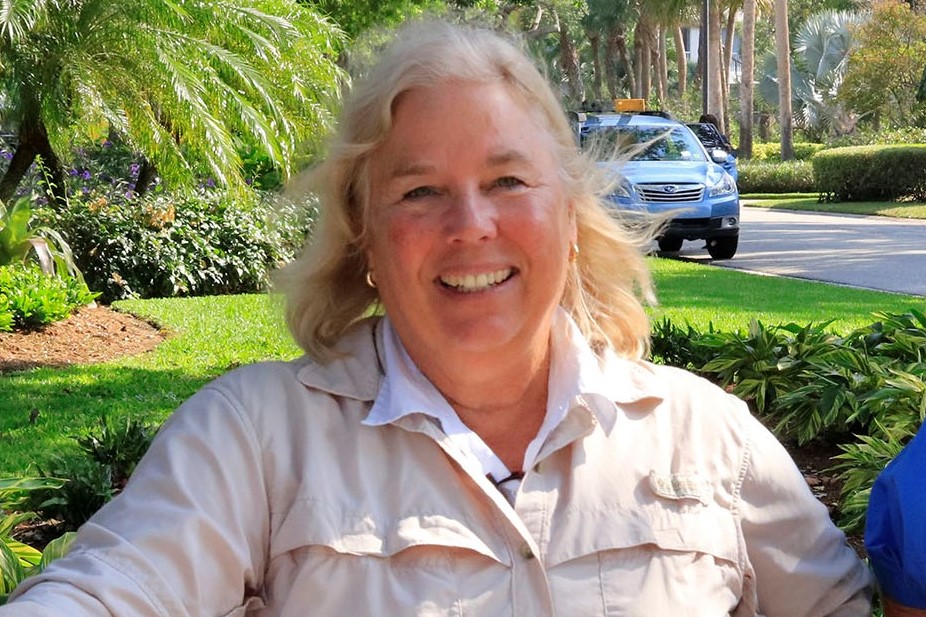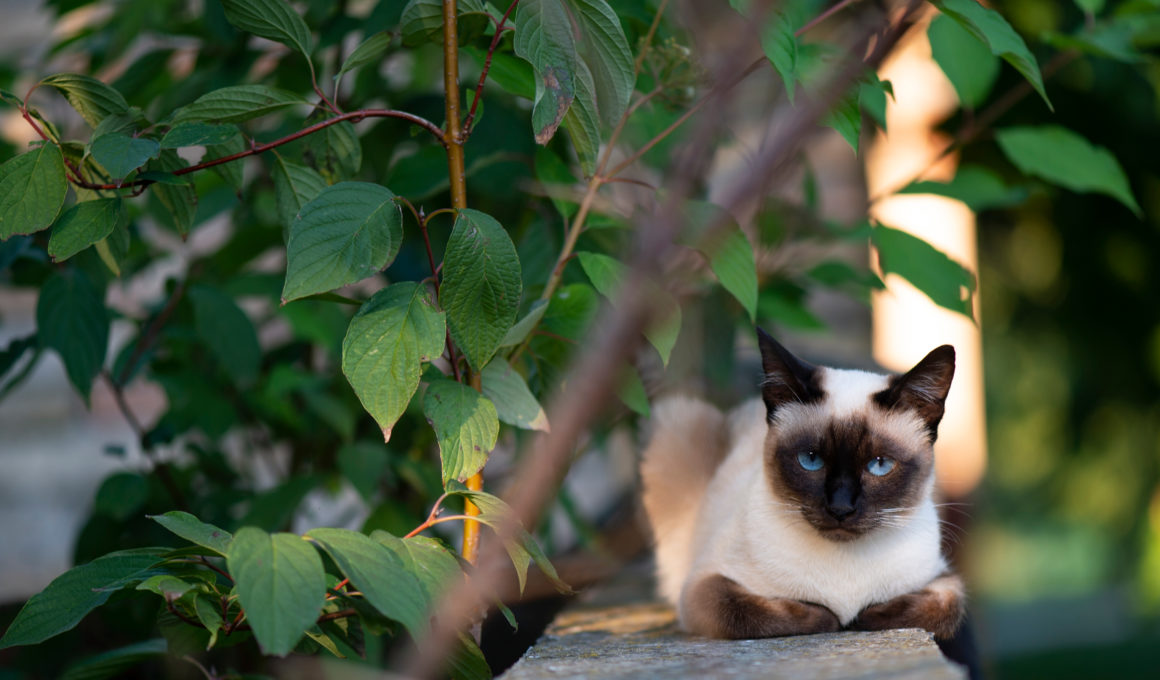I have always loved cats. As a child, I was the one in the family of four children who appreciated them, their beautiful shapes, interesting behavior and beguiling manners. As an adult, my cats were restricted to the house where they were safer. Outside, I knew there were dangers – they could get lost, a car could run over them, a dog could chase them. At the time, I didn’t realize how dangerous being outside was for them, for me as the cat owner and for my family, and for the birds and wildlife they would kill.
By Ann Paul
Now, I know more. The Florida Ornithological Society has formulated a Position Statement on Outdoor Cats. Researchers estimate that free-ranging domestic cats kill between 1.3 and 4 billion birds annually in the U.S. The killing of birds continues even when cats are well-fed by humans. Fitting cats with bells or declawing them does not prevent them from killing birds or other wildlife. Young birds are especially vulnerable to the threat of cats because they are learning to fly for a few days after leaving their nest.
In fact, the predation of birds by outdoor cats is one of the most concerning threats to birds in America. And those numbers do not include the billions of lizards, amphibians and small mammals that are part of our natural ecosystems and the food web that supports birds and other wildlife.
Domestic cats were brought to America with colonists and traders during the early 1600s and 1700s – they are not part of the natural system of North America. Truly incredible predators, they can catch birds in the blink of an eye. I’ll never forget the time my cat, Dicey, who was strictly an inside cat, darted out the door and caught a warbler before I could react. What a lesson for me that was. Sadly, the bird didn’t live to learn it.
The members of the Florida Ornithological Society aren’t alone in our concern about the many outdoor cats in Florida. This includes pets that are allowed to wander free, feral cats fed by people who believe they are doing a good thing by feeding these wild predators that supplement their diets with their prodigious hunting skills, and the trap-neuter-release colonies promoted by animal service providers and animal shelters whose goal is to impound and euthanize as few cats as possible, with no regard for native and imperiled species – or for public health.
The National Audubon Society strongly advocates that cats be kept indoors to protect the untold number of native birds killed by cats every day. The American Bird Conservancy and American Birding Association also have studied the impacts of cats on birdlife and other wildlife in the United States. These groups advise that cats be restricted to living inside only. Keeping cats indoors will protect our native species of birds, small mammals, and other animals. And it’s certainly safer for the cats.
Everyone knows about rabies, but most are not familiar with toxoplasmosis, a disease caused by an infection of the Toxoplasma plasma parasite. The consequences of toxoplasmosis infection to people are serious and range from life-altering to life-ending. Infection can occur from exposure to cat feces, soil contaminated with cat feces, and consumption of contaminated meat. Infection can cause people a myriad of problems, from blindness to miscarriage. Physicians at Johns Hopkins have recognized an epidemiological link between schizophrenia. Infected people require long-term medical care; no medication can remove the causative protozoan parasite from an infected patient.
In people with weakened immune systems, a previous toxoplasma infection may reactivate later. In that case, the severe signs and symptoms of infection may include headache, confusion, impaired coordination, seizures, tuberculosis-like lung problems, blurred vision, and blindness.
Women who become infected just before or during pregnancy can pass the infection to their babies (congenital toxoplasmosis), even without themselves expressing the signs and symptoms of an infection. Many pregnant women with early infections lose the child due to stillbirth or miscarriage. Infants who survive are likely to be born with serious problems, including seizures, enlarged liver and spleen, jaundice, and severe eye infections.
Often, infants who are infected don’t develop signs until their teen years or later – those symptoms may include hearing loss, mental disability, or serious eye infections, including blindness.
What is particularly disturbing to me as a future grandmother is that many trap-neuter-release cat colonies are located at schools, libraries, churches, and playgrounds, where the feces of the feral cats will inevitably accumulate and possibly infect mothers and children.
For these reasons, I urge cat owners to take proper care of their cats by keeping them inside. I think that the county agencies that are promoting trap-neuter-release programs should reconsider and stop this practice. And stray cats need to be collected and humanely treated.
Let’s do this — for the cats, for the children, and for the birds.
 Ann Paul recently retired as Florida Audubon’s regional coordinator for Tampa Bay. She serves as president of the Florida Ornithological Society, Tampa Audubon Society and the Florida Birding and Nature Festival.
Ann Paul recently retired as Florida Audubon’s regional coordinator for Tampa Bay. She serves as president of the Florida Ornithological Society, Tampa Audubon Society and the Florida Birding and Nature Festival.
